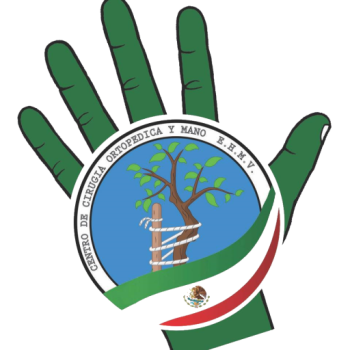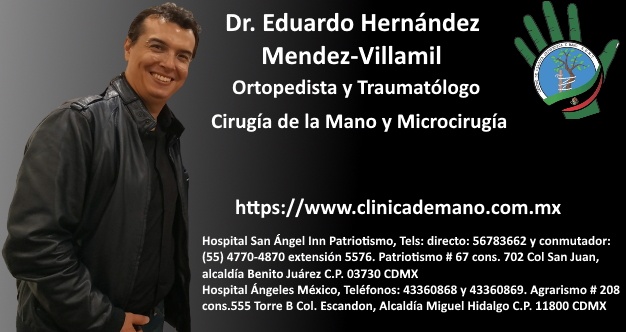AnatomíaInterfascicular de la Rama Motora del #NervioUlnar: Un Estudio Cadavérico
https://www.jhandsurg.org/article/S0363-5023(21)00683-3/fulltext
#AINtransfer #cadaver #anatomy #NerveTransfer #HandSurgery
#InterfascicularAnatomy of the Motor Branch of the #UlnarNerve: A Cadaveric Study@stjosephslondon @SchulichMedDent @WesternBME @westernuEng#AINtransfer #cadaver #anatomy #NerveTransfer #HandSurgeryhttps://t.co/OmZqBrQ1qe
— J Hand Surg Am- ASSH (@JHandSurg) March 15, 2023
- La rama motora del nervio cubital contiene fascículos que inervan la musculatura intrínseca de la mano. Este estudio cadavérico tuvo como objetivo describir la organización y consistencia de la topografía interna de la rama motora del nervio cubital.
La topografía interna de la rama motora del nervio cubital fue consistente entre los especímenes estudiados. La topografía de las ramas motoras se mantuvo ya que la rama motora gira radialmente dentro de la palma. - Este estudio proporciona una mayor comprensión de la topografía interna de la rama motora del nervio cubital a nivel de la muñeca.
https://pubmed.ncbi.nlm.nih.gov/34949481/
https://www.jhandsurg.org/article/S0363-5023(21)00683-3/fulltext
Chambers SB, Wu KY, Smith C, Potra R, Ferreira LM, Gillis J. Interfascicular Anatomy of the Motor Branch of the Ulnar Nerve: A Cadaveric Study. J Hand Surg Am. 2023 Mar;48(3):309.e1-309.e6. doi: 10.1016/j.jhsa.2021.10.012. Epub 2021 Dec 20. PMID: 34949481.



 Experto en Cirugía de Mano y Microcirugía
Experto en Cirugía de Mano y Microcirugía
